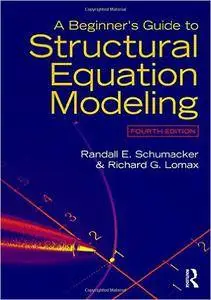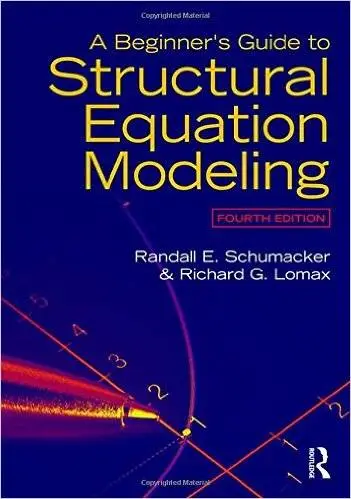Randall E. Schumacker, Richard G. Lomax, "A Beginner's Guide to Structural Equation Modeling, Fourth Edition"
2016 | ISBN-10: 1138811904, 138811939 | 368 pages | PDF | 8 MB
2016 | ISBN-10: 1138811904, 138811939 | 368 pages | PDF | 8 MB
Noted for its crystal clear explanations, this book is considered the most comprehensive introductory text to structural equation modeling (SEM). Noted for its thorough review of basic concepts and a wide variety of models, this book better prepares readers to apply SEM to a variety of research questions. Programming details and the use of algebra are kept to a minimum to help readers easily grasp the concepts so they can conduct their own analysis and critique related research. Featuring a greater emphasis on statistical power and model validation than other texts, each chapter features key concepts, examples from various disciplines, tables and figures, a summary, and exercises.
Highlights of the extensively revised 4th edition include:
-Uses different SEM software (not just Lisrel) including Amos, EQS, LISREL, Mplus, and R to demonstrate applications.
-Detailed introduction to the statistical methods related to SEM including correlation, regression, and factor analysis to maximize understanding (Chs. 1 – 6).
-The 5 step approach to modeling data (specification, identification, estimation, testing, and modification) is now covered in more detail and prior to the modeling chapters to provide a more coherent view of how to create models and interpret results (ch. 7).
-More discussion of hypothesis testing, power, sampling, effect sizes, and model fit, critical topics for beginning modelers (ch. 7).
- Each model chapter now focuses on one technique to enhance understanding by providing more description, assumptions, and interpretation of results, and an exercise related to analysis and output (Chs. 8 -15).
-The use of SPSS AMOS diagrams to describe the theoretical models.
-The key features of each of the software packages (Ch. 1).
-Guidelines for reporting SEM research (Ch. 16).



